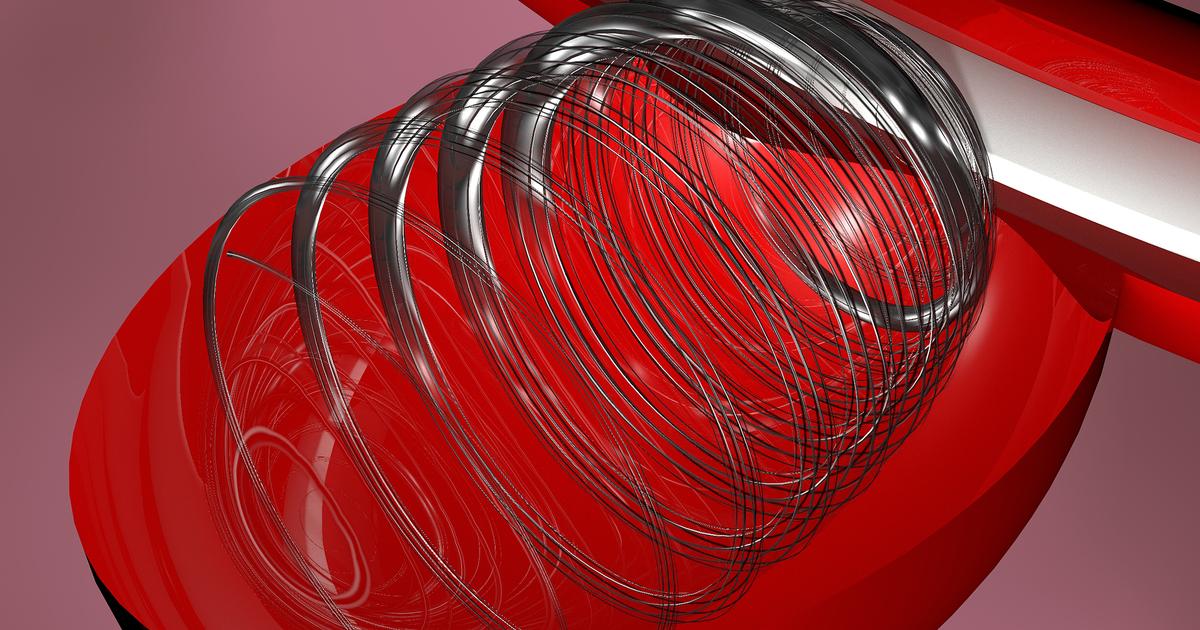How To Treat A Brain Aneurysm
A brain aneurysm is a ballooning or bulge that occurs in a blood vessel within the brain. Many aneurysms look like berries hanging on stems. Aneurysms can exist without symptoms, but getting screened for them can be life-saving. If a brain aneurysm ruptures or leaks, there will be bleeding in the patient's brain. Ruptured aneurysms most commonly occur in the area between the tissues covering the brain and the brain itself. This is called a subarachnoid hemorrhage. A ruptured aneurysm is a life-threatening condition that requires emergency treatment. With that said, the majority of aneurysms don't rupture. These don't tend to cause symptoms, and they're often found when a patient is screened for another condition. Some brain aneurysms can be treated before they rupture.
Get the full details on common treatments for brain aneurysms now.
Endovascular Coiling
Endovascular coiling is a type of minimally invasive procedure that doesn't require any incision to be made in the skull. The goal is to block the flow of blood into an aneurysm. Endovascular coiling procedures have been successfully completed since 1991. During the procedure, a catheter will be passed through the patient's groin and into the artery that contains the aneurysm. When the catheter is in position, coils of platinum are released, causing the aneurysm to clot, which prevents further blood from entering it. After the surgery, patients typically spend one night in the hospital to recover and make sure the surgery didn't have any complications. They can then return home and usually return to their normal activity level within about two days. Coiling procedures are usually used for brain aneurysms that haven't yet ruptured. There are some cases where coiling can be used to treat a ruptured brain aneurysm, but this is typically only when the patients cannot have invasive surgery or are older.
Read more about how to treat a brain aneurysm now.
Surgical Clipping

Surgical clipping is a surgical procedure that treats an aneurysm, though it's more invasive than coiling. The goal of the surgery is to keep blood from circulating into the aneurysm without impeding circulation through normal blood vessels. The patient is given general anesthesia, and an incision is made in their skull. The surgeon will place a small clip along the base of the aneurysm, which blocks further blood from entering it. Each clip is made out of titanium and permanently stays on the artery. Ruptured aneurysms can be treated with surgical clipping. There is a risk of bleeding that's heightened thirty-five percent within the first fourteen days following the initial bleed. It's best to perform the surgery within seventy-two hours following the first bleed to avoid more life-threatening bleeding. Unruptured aneurysms can also be treated with clipping. If the aneurysm ruptures, there's a forty percent risk of death and eighty percent risk of disability. Doctors can talk about their patient's surgical options and whether surgery for their aneurysm is a good idea.
Uncover more information on treating a brain aneurysm effectively now.
